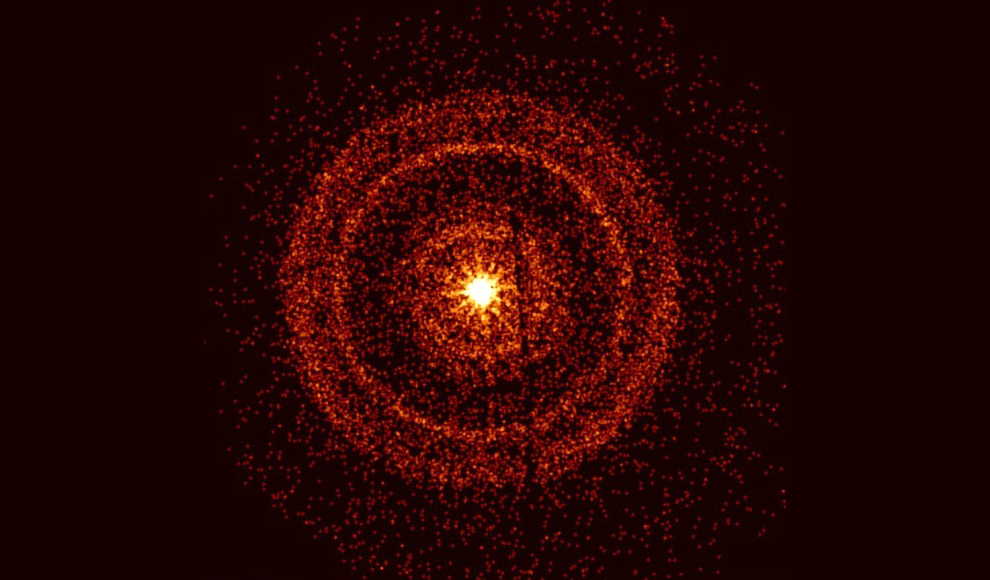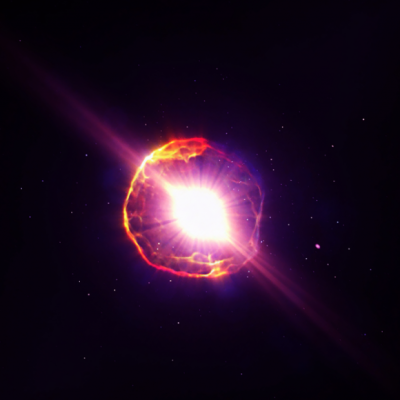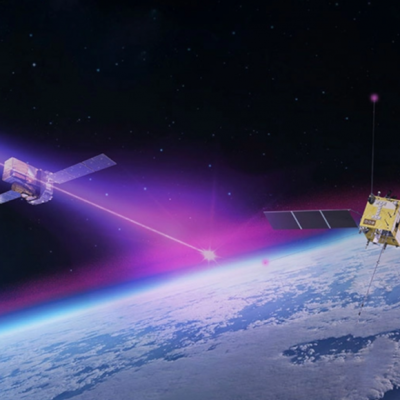The Gamma-ray burst GRB 221009A, which occurred on October 9th, 2022, has been identified as the most intense space explosion ever recorded. According to a recent study, such an event only occurs once every 1,000 years in the universe. Various instruments, including NASA’s Fermi and Swift space telescopes and China’s Large High Altitude Air Shower Observatory (LHAASO), detected a powerful Gamma-ray burst in October 2022. Gamma-ray bursts are the brightest and most energetic explosions in space, emitting as much radiation in seconds as our sun does in its entire lifetime. They are caused by supernovae of very massive stars and the collisions of neutron stars in the universe.
A study by the Pennsylvania State University (PSU) published on the preprint server arXiv found that a Gamma-ray burst as strong as GRB 221009A only occurs approximately once every 1,000 years. The Gamma-ray burst GRB 221009A is considered the most intense known space explosion, with light emissions of 18 teraelectronvolts. The astronomers’ study also shows that the Gamma-ray burst does not conform to any standard theory, particularly in terms of its afterglow light curve, which has strong deviations. This, combined with other properties, makes the Gamma-ray burst a rare event. The astronomers noted that “this makes it a truly remarkable opportunity that is unlikely to be repeated in our lifetime.”
The afterglow of the Gamma-ray burst GRB 221009A, which was detected shortly after the event with the Swift Observatory, was the brightest in the instrument’s history. Initially, the astronomers believed the afterglow to be an X-ray burst from a relatively nearby source. However, further analysis revealed that the Gamma-ray burst occurred 2.4 billion light-years away. The discovery of this rare event provides valuable insights into the universe’s most energetic phenomena and could help astronomers better understand the origins of Gamma-ray bursts.







-400x400.jpg)


